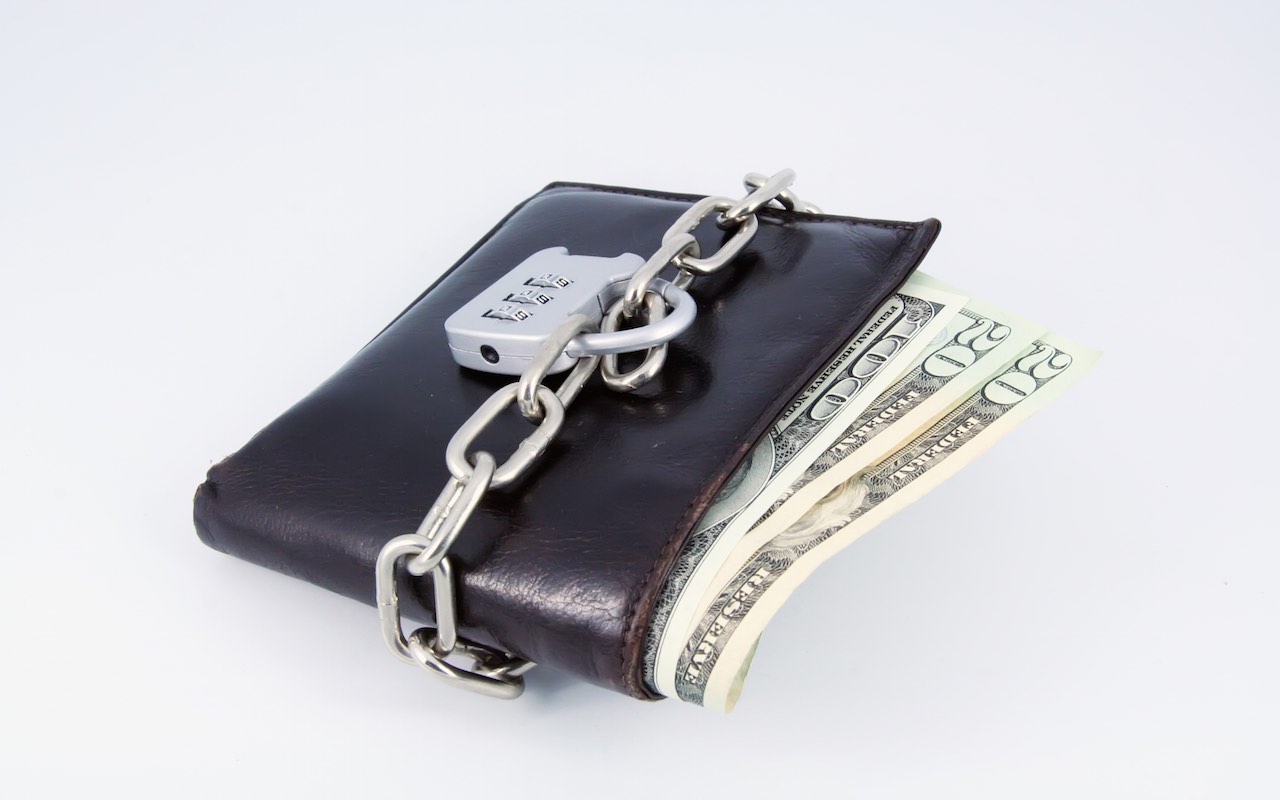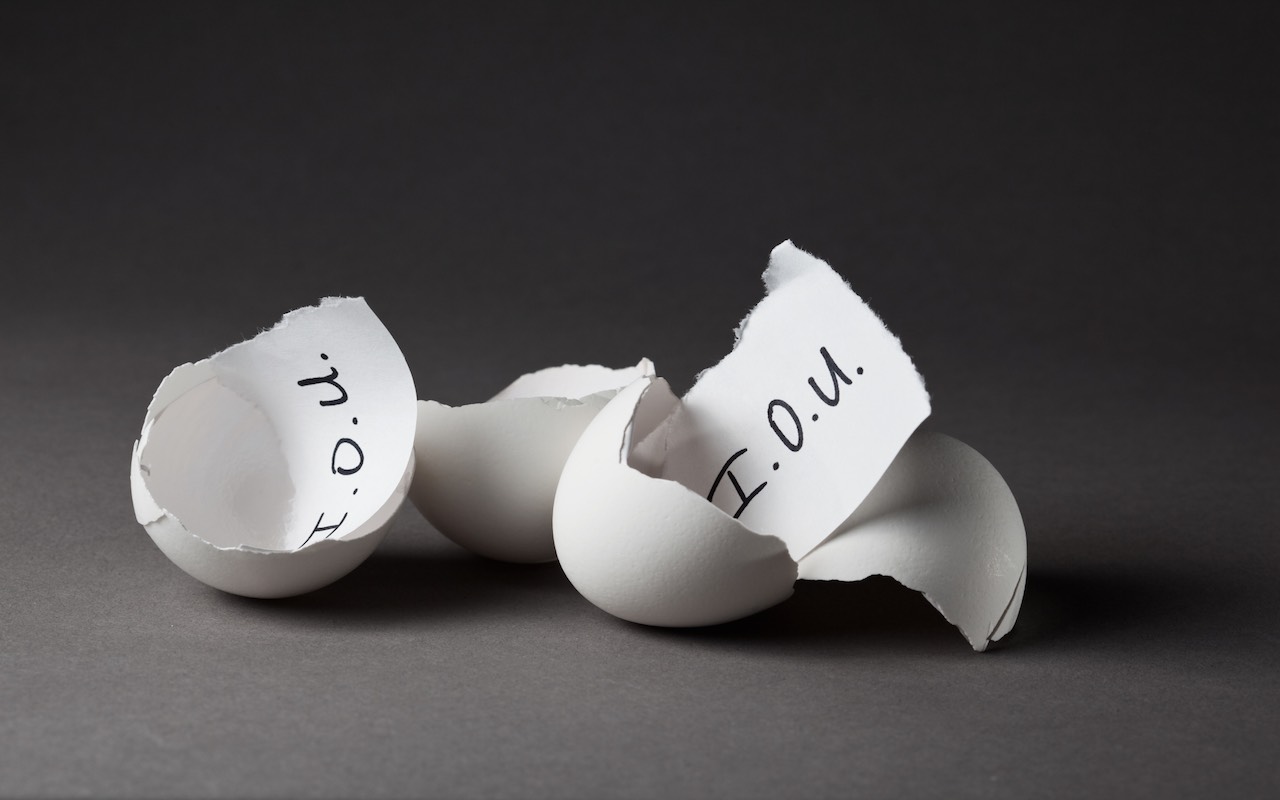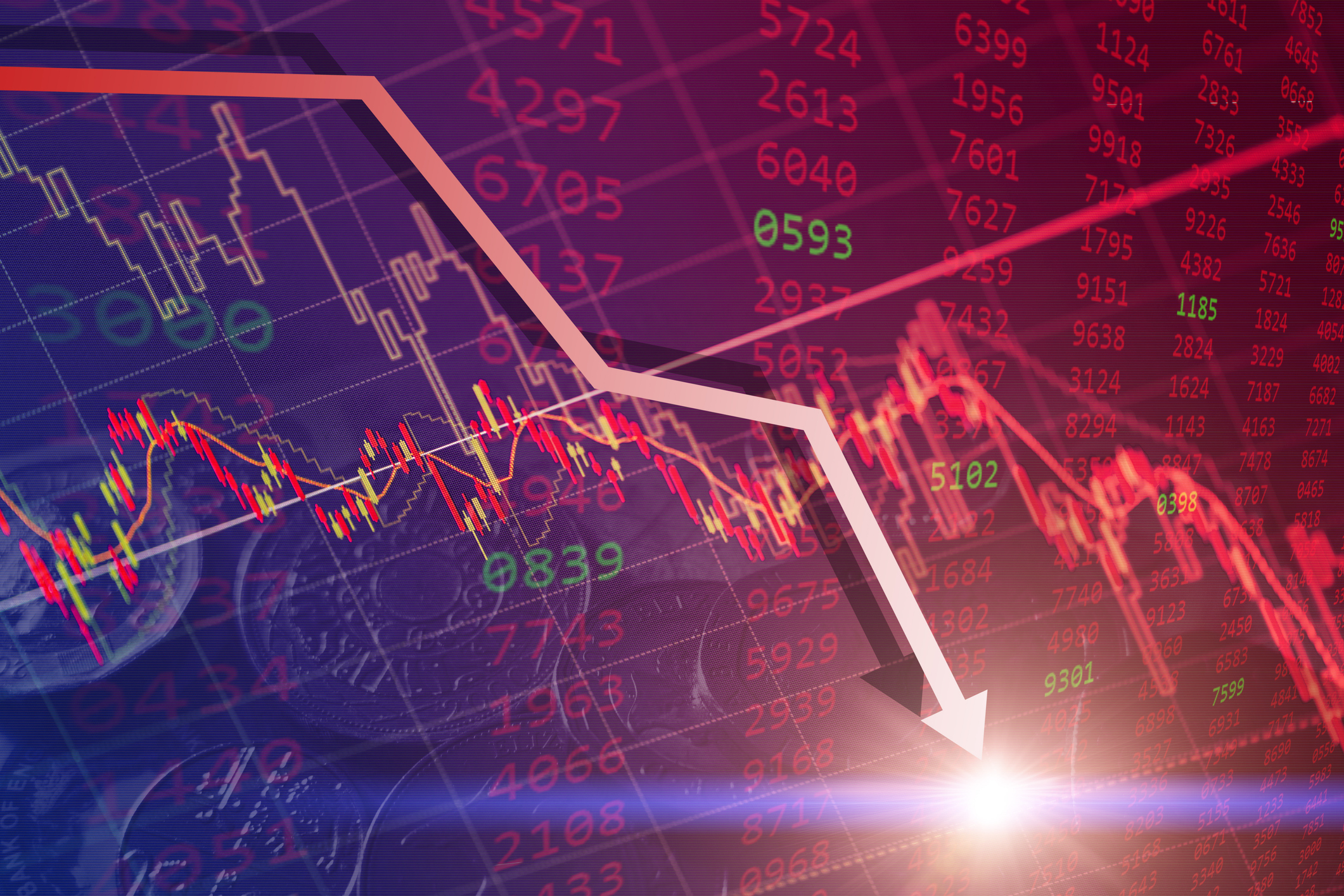7 Worst Mistakes Investors Will Make in This Market
Is this the end of a seven-year bull market or the beginning of a prolonged bear market, or something in between?


Is this the end of a seven-year bull market or the beginning of a prolonged bear market, or something in between? Truth is, nobody knows for sure. The vast opportunities for creating wealth by investing in equities come with plenty of risks. So take a deep breath and remember—the stock market has yielded an average 8%-10% return annually over the last 114 years. In 2013, the Dow Jones industrial average gained almost 30%. Last year, it lost 2.2%. This year has begun with frightening drops of 5%-15% in markets globally.
It’s easy for investors to compound the pain and losses in times like this. Here are the seven biggest mistakes you can make. Avoid these costly missteps and chances are you can profit handsomely for years to come, even if you are retired or approaching retirement.

You Panic-Sell
Wall Street can be a scary place when the bear is loose, even for the smartest of investors. This is not new. Three centuries ago, as scientist Isaac Newton lost a fortune in the South Sea Company stock collapse, he lamented, "I can calculate the movement of the stars, but not the madness of men." When $1.04 trillion disappears from the S&P 500 in 12 days, as happened in early January, fools rush out of the market, sell off their depressed assets and lose their shirts, just like Newton.
Emotion is your worst enemy. Remember, all bull and bear markets have one thing in common—they always come to an end. Some recent history: The Dow lost a frightening 53% of its value in the 2008-2009 meltdown. But within a four-year period, the Dow regained it all, then rose an additional 28%, from a low of 6,507 to a new record high of 18,200 on February 24, 2015. Now the Dow is back down to around 16,000. But patient investors were still big winners in the run-up.
So keep your eye on your long-term plan. Now might be a good time to reexamine why you are investing at all, says John Riley, chief investment strategist for Cornerstone Investment Services. Watching and waiting for selling opportunities may get you out of positions at a better price. But “if you aren’t willing to own a stock for 10 years, don’t even think of owning it for 10 minutes,” as Warren Buffett once put it.

You Quit Buying
Buying stocks in bear markets may be the hardest thing for most investors to do because it is so counterintuitive. But if you have cash, you can score some real bargains that others who are fully invested cannot. Snapping up quality stocks you know are being dragged down in the froth of a downturn can unlock future wealth. Make a list of investments that you’d like to own and the prices you’re willing to pay, says Bryan Koslow, a registered investment adviser for New Jersey-based Clarus Financial. When the market sells off and a stock on your list falls to the right price, bingo. “Your list will help you stay disciplined,” says Koslow.
For more, read 5 Tactics That Help Patient Investors Prosper.

You Get Sucked Into the 24-Hour Market News Cycle
The straightest advice I have ever seen on this topic comes from Barry Ritholtz, chief investment officer of Ritholtz Wealth Management. A frequent commentator himself, he knows a thing or two about the talking heads on business cable TV and radio. “I can tell you from my personal experience that most of them haven’t the slightest idea what they are talking about. The general advice they give is for entertainment purposes only,” Ritholtz wrote in a recent Washington Post column. Market experts know nothing about you, your portfolio or your risk tolerance, Ritholtz adds. “Their forecasts amount to nothing more than marketing. Treat them that way.”
Kiplinger’s advice: Work with a trusted financial adviser with a fiduciary responsibility to make sure your long-term goals won’t be derailed. For more, read How to Pick a Financial Planner.

You Have Too Much of Your Portfolio in One Asset
There's no such thing as the perfect investment. Stocks carry risks. Funds that bundle stocks can lessen the risk, cushioning sharp downturns but muting spikes as well. And bonds can offset stock losses in the short term, but over long periods, bond returns trail the returns of the stock market.
Having the right mix is especially important to retirees, who should have an investment horizon long enough to weather this storm. Shifting too much money to bonds or under the mattress is no strategy. You should stay diversified, no matter how scary the market gets. T. Rowe Price recommends new retirees keep 40%-60% of their assets in stocks because they hold up to inflation better than bonds and cash. Even 90-year-olds should keep at least 20% of their assets in stocks.
For more, see How Retirees Should React to the Stock Market Selloff.

You Fail to Rebalance Your Portfolio
Every investor is subject to the whims of the market. Here's one way to profit from the inevitable ups and downs. Let's say your portfolio is made up of mutual funds. At the end of each year—better yet, every quarter—consider how much you have in each fund. Then target new money to the funds that have done poorly. Many retirement plans offer automatic rebalancing, so you don’t have to worry about it. Rebalancing keeps your portfolio diversified by preventing your wealth from becoming concentrated in a small number of investments.
This disciplined approach to investing helps ensure that you're buying lower and selling higher, which certainly beats the buy-high-sell-low trap that snares many investors. "Rebalancing takes guts—it's hard to reward losers—but it works," says Kiplinger.com columnist Steven Goldberg.

You Only Live Once. Time To Splurge!
Not so fast. There are those who see a prolonged bear market ahead. There are those who see a bull market for the next 15-20 years. Let’s focus on the rest of the year for a moment. Until the uncertainty clears about an economic slowdown in China, the fallout from a plunge in energy prices, the interest rate outlook and the U.S. presidential election, it’s a safe bet that 2016 is likely to be a volatile year. It might be a good time to scale back on withdrawals from your portfolio to meet living expenses, especially if you’re taking out more than 4%-5% annually, says columnist Anne Smith of Kiplinger.
Here’s how to make your retirement savings last a lifetime.

You Stop Contributions Into Your Retirement or College Savings Plans, Fearing You’ll Lose Money
Yikes. There’s no better time to start investing in your future than right now. It makes no difference if markets are rising or in freefall. Socking away 10% or 15% of what you earn in a company 401(k) plan or an IRA allows your money to grow free of tax and compound more quickly. Same for a 529 college savings plan for your children or grandchildren. Rachel Sheedy, managing editor of Kiplinger’s Retirement Report, offers this example of the magic of compounding when applied to long-term savings. If, starting at age 22, you stash $2,500 every year in a Roth IRA earning an 8% annual return, at age 62 you would have $699,453. If you wait until 32 and save twice as much every year, at age 62 you would have $611,729—about $88,000 less. In other words, the sooner you start saving, the better.
Here’s how to ensure that someday you will be able to retire, no matter what happens with stock markets day to day, month to month, or year to year.
Profit and prosper with the best of Kiplinger's advice on investing, taxes, retirement, personal finance and much more. Delivered daily. Enter your email in the box and click Sign Me Up.

-
 Introducing Your CD's Edgier Cousin: The Market-Linked CD
Introducing Your CD's Edgier Cousin: The Market-Linked CDTraditional CDs are a safe option for savers, but they don't always beat inflation. Should you try their counterparts, market-linked CDs, for better returns?
-
 'Humbug!' Say Consumers, Despite Hot GDP: Stock Market Today
'Humbug!' Say Consumers, Despite Hot GDP: Stock Market Today"The stock market is not the economy," they say, but both things are up. Yet one survey says people are still feeling down in the middle of this complex season.
-
 The SEC Is Concerned for Older Investors and Retirement Savers. Here's What You Should Know
The SEC Is Concerned for Older Investors and Retirement Savers. Here's What You Should KnowThe SEC focusing on older investors, retirement and college savers, and private securities. Here's how those changes impact you.
-
 'Humbug!' Say Consumers, Despite Hot GDP: Stock Market Today
'Humbug!' Say Consumers, Despite Hot GDP: Stock Market Today"The stock market is not the economy," they say, but both things are up. Yet one survey says people are still feeling down in the middle of this complex season.
-
 Stocks Rise to the Spirit of the Season: Stock Market Today
Stocks Rise to the Spirit of the Season: Stock Market TodayInvestors, traders and speculators are beginning to like the looks of a potential year-end rally.
-
 Nasdaq Leads as Tech Stages Late-Week Comeback: Stock Market Today
Nasdaq Leads as Tech Stages Late-Week Comeback: Stock Market TodayOracle stock boosted the tech sector on Friday after the company became co-owner of TikTok's U.S. operations.
-
 Cooler Inflation Supports a Relief Rally: Stock Market Today
Cooler Inflation Supports a Relief Rally: Stock Market TodayInvestors, traders and speculators welcome much-better-than-hoped-for core CPI data on top of optimism-renewing AI earnings.
-
 Nasdaq Sinks 418 Points as Tech Chills: Stock Market Today
Nasdaq Sinks 418 Points as Tech Chills: Stock Market TodayInvestors, traders and speculators are growing cooler to the AI revolution as winter approaches.
-
 Stocks Chop as the Unemployment Rate Jumps: Stock Market Today
Stocks Chop as the Unemployment Rate Jumps: Stock Market TodayNovember job growth was stronger than expected, but sharp losses in October and a rising unemployment rate are worrying market participants.
-
 Stocks Struggle Ahead of November Jobs Report: Stock Market Today
Stocks Struggle Ahead of November Jobs Report: Stock Market TodayOracle and Broadcom continued to fall, while market participants looked ahead to Tuesday's jobs report.
-
 AI Stocks Lead Nasdaq's 398-Point Nosedive: Stock Market Today
AI Stocks Lead Nasdaq's 398-Point Nosedive: Stock Market TodayThe major stock market indexes do not yet reflect the bullish tendencies of sector rotation and broadening participation.
